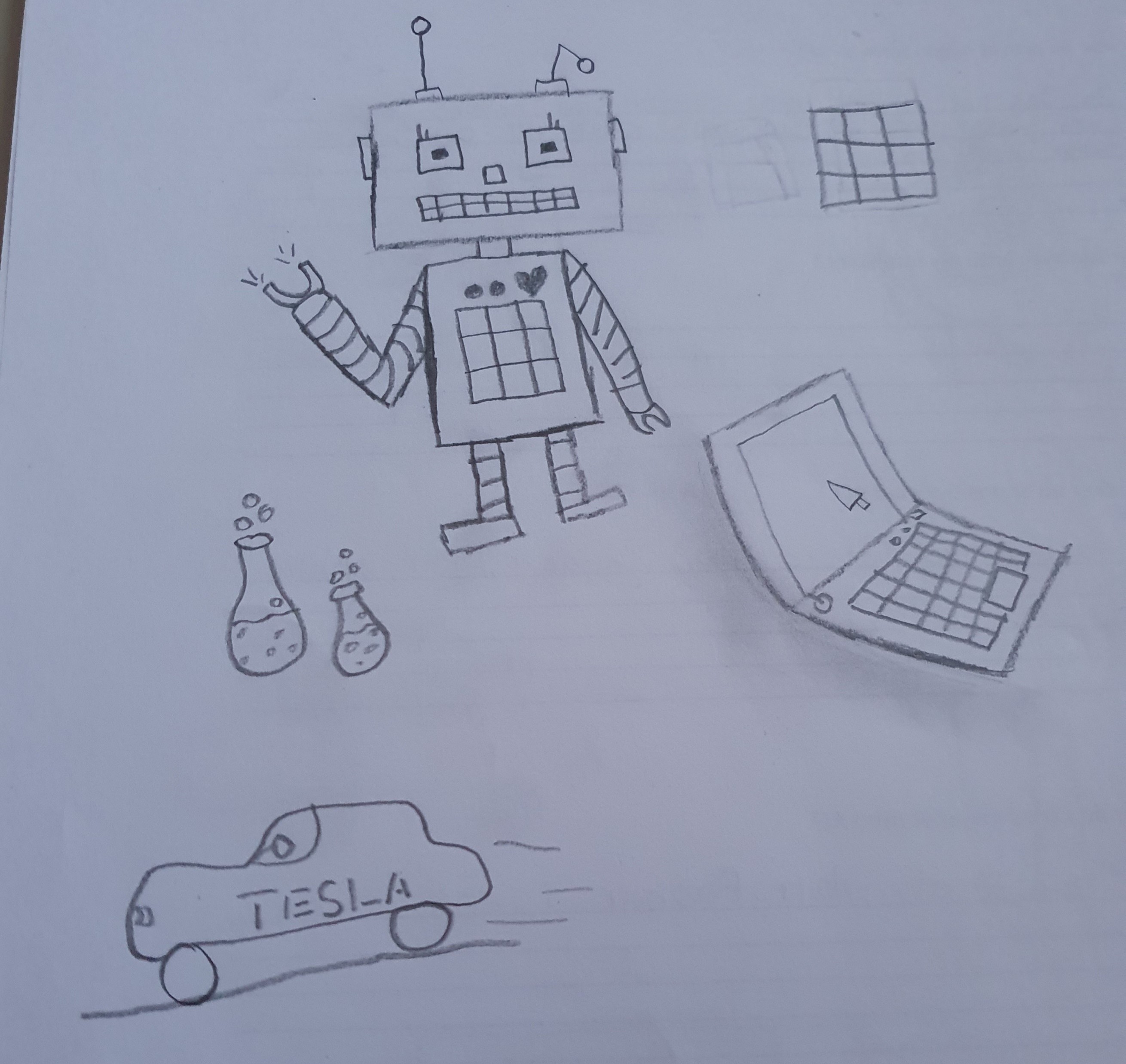
After the launch of ChatGPT in November 2022 Artificial intelligence (AI) became a hot topic in many organisations, not least in schools. When the primary school Vikstaskolan in Sweden joined the Cosmos project AI was of great interest among the teachers and the students. What is AI, is it good? Is it bad? Is it more than ChatGPT? Will people lose their jobs? Can AI help students in their studies? With all these, and many more questions in mind, the teachers decided that working with a project about AI, using the approach presented in the COSMOS project, would be an interesting model to explore during some weeks, both for their students and themselves.
At this school, as is the case in most schools in Sweden, teachers work in teams. However, they had not worked in teams with all of the teachers teaching in Year five and six together before. This would be a new way of collaboration at the school. The Year five and six are for students in the age of 11 to 12 years and this year there are three classes in each of the school years, so all together, six classes were involved and their six class teachers.
Implementing use of the COSMOS model: working about and with AI
The main question, the Ask phase was whether AI is something good or bad. This served as the starting point, followed by the phase of finding out. Before starting any activities with their students some of the teachers were curious about what their students already knew about AI and they created a short test for the students asking them questions to find out if the students had any ideas of what AI is and also how they felt about it. Many of the students only referred to ChatGPT, a few mentioned Tesla cars and robots. In addition, most students seemed to be positive towards AI before any activities were held.
Planning together with the partners from Karlstad University and the museum Alma Löv, it was decided that first the school was going to test some lessons focused on what AI is and how it works, as well as ethical concerns. These lessons had been developed by researchers in science education and computer science at another Swedish university. The lessons are all available online, free to access. The teachers discussed together about how to use the lessons and adapt them to their context, with their students. In addition, they also added activities where their students could test and explore some AI tools, ChatGPT even more, as a tool to support them in studies, and Dall-E, an AI that generates pictures.
The next step was to involve experts in AI and also Alma Löv to explore even more what AI is, how it works, and what the students want AI to do for them in a near future. This step took place at Karlstad University over two days, one for the students in Year five, another day for the ones in Year six. During these days, the students spent half a day with the AI expert in a computer room, first listening to a short lecture from the expert on what AI is and then engaging in activities aimed at finding out more, such as creating stories using ChatGPT and Dall-E in combination.
The other half of the day, the students worked with a museum pedagogue from Alma Löv and created collages in small groups depicting the kind of AI the students wished they could have. The creation activity ended with a small exhibition where the students presented their works and their arguments of their ideal AI.
Reflecting on the Journey: Lessons and Insights Gained
To summarise, the final discussions of the AI project were held in the classrooms where the students discussed the benefits and possible dangers of AI. The students all agreed that there should be some kind of regulations of what AI is going to be allowed to do or not to do. However, there were also differing opinions of whether AI is something good or bad, with most of the students considering it possible be both.
Future Directions: Continuing the Dialogue on AI Education
What is the lesson learned from this? Firstl, a new collaboration between the teachers was developed, considered as positive among the teachers. Secondly, the chosen issue of AI truly engaged both students and teachers. Thirdly, AI is still something relatively new to many teachers and students, and there will undoubtedly be more stories shared about experiences from working about and with AI. Fourthly, although AI is inherently technical, inquiries into AI can also utilise art or artistic creation as a method to develop ways of communicating both understanding and feelings about AI. Fifthly, the students gained more knowledge about AI during the project, and they seemed to develop a nuanced understanding of whether AI is inherently good or bad.


Two examples of drawings made by students to illustrate their understanding of what AI is.

To compare with an illustration made by the AI tool Dall-E when the prompt “create an illustration of what AI is” was used.